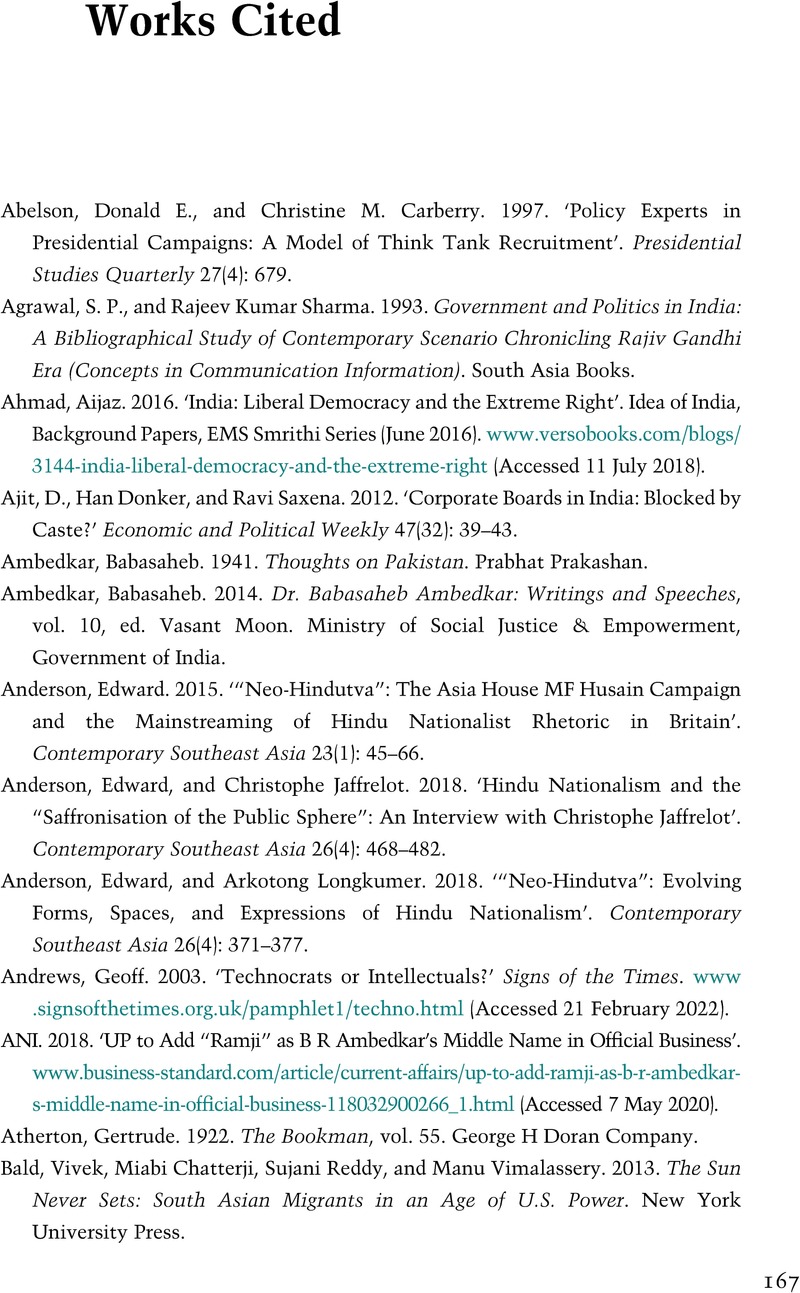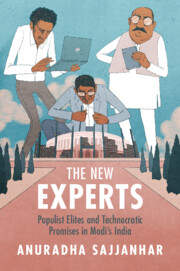Book contents
Works Cited
Published online by Cambridge University Press: 09 May 2024
Summary

- Type
- Chapter
- Information
- The New ExpertsPopulist Elites and Technocratic Promises in Modi's India, pp. 167 - 184Publisher: Cambridge University PressPrint publication year: 2024



